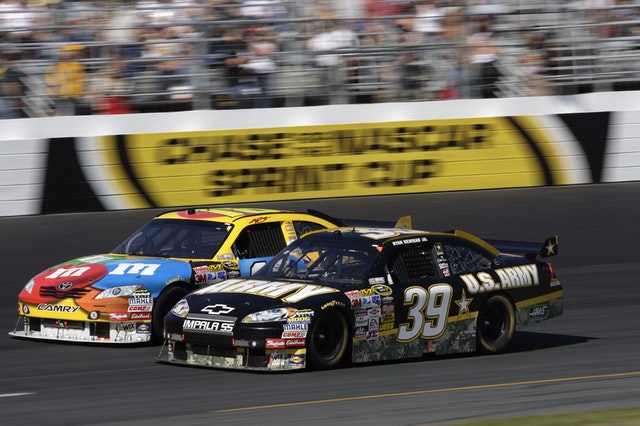
It has been said that the very first car race probably occurred soon after the next car was assembled –like it is likely your competition history started if your age was in single digits and you hurried a friend or even a sibling into the corner, into the dinner table or into the depart college. Wanting to understand who is quickest begins with a very simple foot race subsequently goes to rushing multimillion-dollar sports automobiles till they split, crash in.
But there is more to sports auto racing. It’s but one of the few motorsports in which “Win on Sunday, sell on Monday” can nevertheless apply: nobody resembles a Ferrari Formula 1 car or even some NASCAR Dragon Energy Cup automobile and considers that the machines on the monitor reveal any purposeful parts with allegedly associated street versions. In numerous sports car types, however, the automobiles not just resemble the versions they represent but additionally they frequently start life as a true production car. And technologies in the circuit will not make its way to production models, a sports auto racing has prided itself for decades.
Require Porsche, as an instance, the business established the 550 because of its very first mill racing app, and it won the Nürburgring race in 1953. Five-speed transmission using Porsche-developed synchronization gave birth into the transmission released at the 901/911 manufacturing automobiles in 1963. Porsche utilized two spark plugs per combustion chamber from its own race motors –which notion was introduced at the 911 Carrera in 1990. Even the 959, designed in 1983 to get a specific racing course, needed an all-wheel-drive program with a varying charge of the center differential lockPorsche adapted it to be used from the 1990 Carrera 4.
Tech transport naturally applies to functionality, however, it has also led to enormous security improvements: improvements in brakes, tires, traction control, collision absorption, collapsible steering columns, information collecting, and much more. And everything designed for racing is mechanically analyzed under particular conditions.
“It is hard to envision what the Corvette manufacturer would look like with no Corvette Racing program,” Tadge Juechter (previously), chief engineer for Corvette, states. “For 20 years we’ve been working toward complete integration of their race and road car types. Endurance racing supplies us with a treasure trove of data in any range of areas–aerodynamics, engine operation, and chassis, to list a couple. That type of real-world data is tremendously valuable to manufacturing designers and engineers, and we’ve made excellent use of these classes in the racetrack.”



